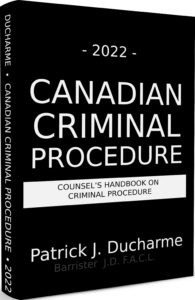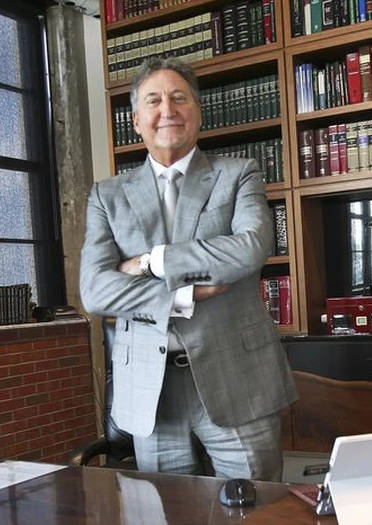 |
| Patrick J Ducharme |
Pursuant to section 489.1 items seized are brought before a Justice or a report in respect of anything seized is made to the Justice. Where the lawful owner entitled to possession of the things seized is known the Justice shall return the things seized to the lawful owner unless the Justice is satisfied that the detention of the things seized is required for the purposes of any investigation or a preliminary inquiry, trial or other proceeding.1 Nothing should be detained for a period of more than three months after the day of seizure, unless the Justice, on summary application to him, after three days notice to the person from whom the thing was seized, is satisfied that, having regard to the nature of the investigation, its further detention for a specified period is warranted and the Justice so orders.
Continued in part 2

The above is the an excerpt of Patrick J Ducharme’s book, Canadian Criminal Procedure, available at Amazon or in bulk through MedicaLegal Publishing along with Criminal Trial Strategies.
Subscribe to Patrick Ducharme’s Youtube Channel


